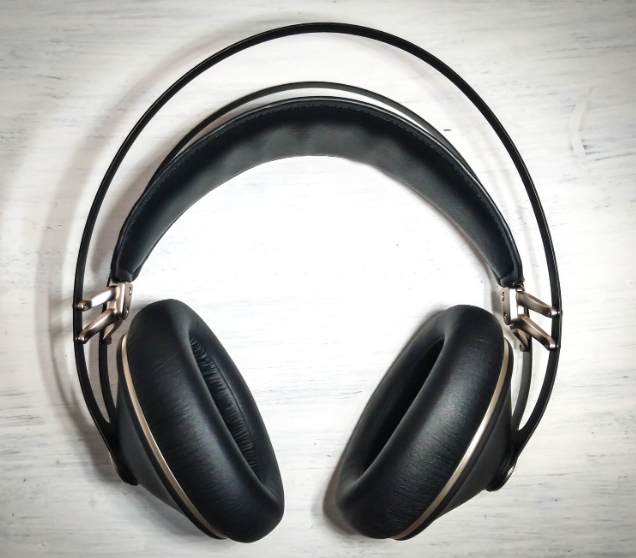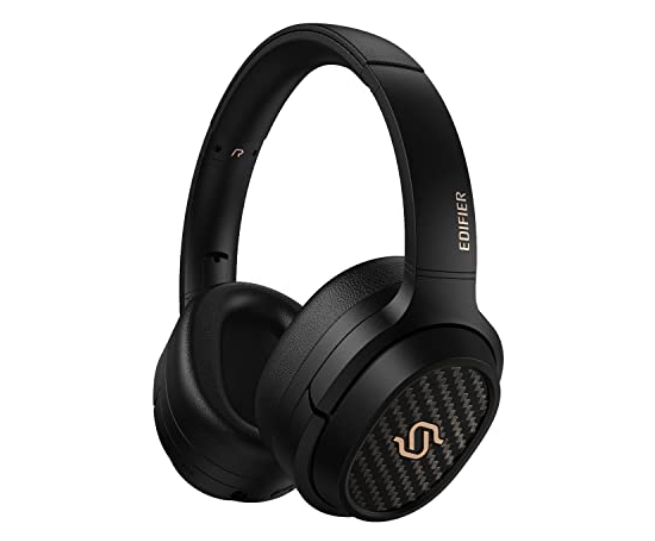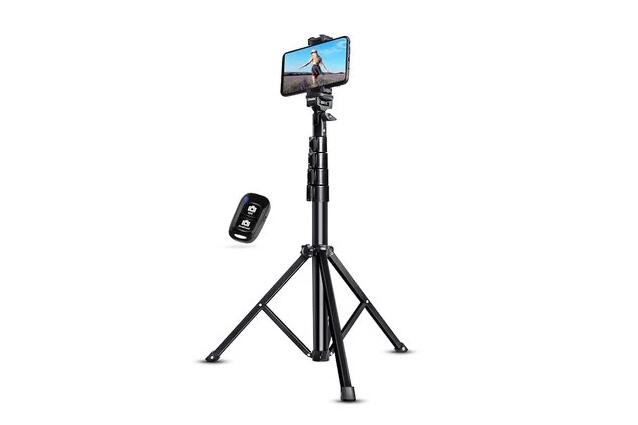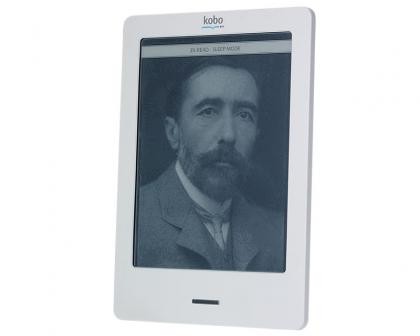Audiophile headphones are built for listeners who crave detailed, lifelike sound reproduction. These headphones aren’t about booming bass or flashy features. Instead, they focus on accuracy, clarity, and natural sound. They're often used by professionals or enthusiasts who want to experience music the way artists intended. Every element—from tuning to materials—is designed to maximize fidelity. If you're curious about what sets these headphones apart, this guide breaks down their defining qualities and helps you choose the right pair.

Core Qualities That Define Audiophile Headphones
Audiophile headphones stand out for their remarkable sound accuracy. Let’s break down the traits that set them apart.
Precision and High-Resolution Sound
Audiophile headphones excel in delivering accurate and clear audio, reproducing music with minimal coloration. High-resolution sound means they capture fine nuances—tiny instrumental details, vocal breaths, and room reverberation. This fidelity allows listeners to perceive the full depth of a recording, especially when paired with high-bitrate sources. Such precision ensures that what you hear is close to the original studio mix. Musicians, engineers, and purists often choose audiophile gear to experience tracks with pristine sonic detail and unmatched clarity.
Wide Frequency Response and Soundstage
These headphones typically offer an extended frequency response, ranging from sub-bass lows to sparkling highs. This ensures that no part of the audio spectrum is exaggerated or lost. Soundstage refers to the perceived spatial layout of instruments—how wide, deep, or immersive the sound feels. Audiophile headphones create a more realistic sense of space, replicating a concert hall or studio ambiance. This capability adds dimensionality, helping users distinguish instrument placement and separation, which enhances overall listening immersion.
Balanced Tuning and Low Distortion
Rather than boosting bass or treble, audiophile headphones focus on balanced tuning. This means lows, mids, and highs are proportionate, delivering a neutral sound signature ideal for analytical listening. Balanced tuning allows instruments and vocals to coexist without masking each other. Additionally, these headphones are engineered for low total harmonic distortion (THD), even at higher volumes. Lower distortion translates to purer audio reproduction, minimizing the unwanted noise or fuzziness that can cloud intricate musical textures.
Design and Build Considerations
The physical construction of audiophile headphones is just as crucial as their sound. Here’s what to look for in build quality.
Premium Materials and Durability
Audiophile headphones often use high-grade components—aluminum frames, leather headbands, and braided cables. These materials improve longevity and reduce wear, even with daily use. Quality connectors and modular parts also enhance repairability. Beyond aesthetics, premium builds reduce unwanted vibrations that can interfere with audio clarity. Brands invest in sturdy yet lightweight materials to balance comfort and resilience. The result is a product that not only sounds excellent but also stands the test of time, both physically and acoustically.

Comfort for Extended Listening
Serious listening sessions can last hours, so comfort is non-negotiable. Audiophile headphones prioritize ergonomic designs with features like memory foam ear pads, adjustable headbands, and weight distribution. These elements prevent ear fatigue and pressure points. Open-back designs may feel airier, further reducing heat buildup. Since audiophiles often listen for extended periods, the right fit enhances focus and enjoyment. A comfortable pair supports long-term use without compromising sound quality or creating distractions from the music itself.
Open-Back vs. Closed-Back Designs Compared
Open-back headphones allow air and sound to pass through the ear cups, creating a wider, more natural soundstage. They’re ideal for private, quiet settings where sound leakage isn’t a concern. Closed-back models, on the other hand, isolate sound better and are more suitable for noisy environments. While open-backs offer a more immersive experience, closed-backs are practical and portable. Choosing between the two depends on your priorities—whether it’s audio realism or background noise reduction.
Technical Aspects That Matter
Sound quality alone isn’t everything. Let’s explore the technical specs that shape audiophile headphone performance.
Impedance and Amplification Needs
Impedance measures resistance and influences how headphones interact with audio sources. High-impedance headphones (100Ω and above) often require a dedicated headphone amplifier to reach their full potential. Without proper amplification, they may sound quiet or lifeless. Lower-impedance models (under 50Ω) work better with smartphones and laptops. Understanding your source equipment ensures optimal sound. Audiophiles typically match high-impedance headphones with powerful amps or DACs for a clean, dynamic audio output that reveals every detail in recordings.
Driver Types and Their Impact on Sound
Different driver technologies affect how headphones produce sound. Dynamic drivers are common and offer strong bass and a wide frequency response. Planar magnetic drivers deliver faster response and lower distortion, making them ideal for clarity and detail. Electrostatic drivers provide even more precision but require special amplifiers. Each type has unique strengths—dynamic for versatility, planar for transparency, and electrostatic for ultra-high fidelity. Knowing the driver type helps you pick headphones that align with your listening preferences and audio goals.
Wired vs. Wireless in Audiophile Use
While wireless headphones have improved, most audiophiles still favor wired models for better sound quality. Wired connections avoid compression artifacts common in Bluetooth audio, especially at lower bitrates. High-end wired setups also reduce latency and ensure stable signal transmission. That said, some newer wireless headphones offer lossless Bluetooth codecs like LDAC or aptX HD. If convenience matters more than absolute purity, quality wireless options exist. Still, for purist-grade fidelity, wired remains the gold standard.
Choosing the Right Pair for Your Needs
With many options available, making the right choice depends on your lifestyle, preferences, and setup.
Match Headphones to Listening Preferences
Start by identifying what you value most in music—do you prioritize vocals, instrument clarity, or deep bass? Some audiophile headphones emphasize neutrality, while others subtly boost certain frequencies. Critical listeners might prefer models tuned for transparency, while casual enthusiasts may enjoy a warmer, more musical tone. Test different models if possible, or read detailed reviews. Aligning your sonic taste with a headphone’s tuning ensures a satisfying long-term investment in your listening experience.
Consider Genre, Environment, and Gear
Your favorite music genres influence your ideal headphones. Classical and jazz benefit from a wide soundstage and detail, while rock or hip-hop might need punchier bass. Think about where you’ll listen—quiet rooms suit open-back designs, while closed-backs handle public spaces better. Also, match your headphones with compatible gear. High-impedance models need amps; otherwise, you’ll miss their full capability. Considering all factors ensures that your headphones deliver the right experience across your daily use.
Set Realistic Expectations Based on Budget
Audiophile gear spans a wide price range. While premium models offer exceptional quality, budget-friendly options still provide great value. Don’t assume that higher cost always means better performance—it depends on tuning, build, and your needs. Prioritize sound quality and comfort over flashy features. Also, consider accessories like amps or DACs, which may increase the total cost. Setting a realistic budget helps you explore the best options within your range without sacrificing essential features.
Conclusion
Audiophile headphones offer a unique listening experience built around precision, clarity, and immersion. Unlike typical consumer models, What Are Audiophile Headphones becomes an essential question for purists and music lovers seeking high-fidelity sound. With careful attention to driver type, design, comfort, and technical specs, these headphones unlock a deeper connection to your favorite music. By matching features with your environment, preferences, and gear, you can confidently choose a pair that elevates your audio journey through informed, passionate decisions.
FAQ
Yes, some audiophile headphones have low impedance and work well with smartphones or laptops. However, to unlock their full potential, especially with high-impedance models, a DAC or amplifier can significantly improve clarity, dynamics, and overall audio performance.
Open-back headphones are ideal for quiet environments. They offer a spacious, natural soundstage perfect for immersive listening. However, they leak sound and don’t block outside noise, making them unsuitable for shared or noisy spaces.
Yes, especially when using high-bitrate or lossless streaming services like TIDAL, Qobuz, or Apple Music Lossless. Pairing these platforms with quality headphones and equipment enhances your experience. Lower-bitrate streams may not fully reveal the headphone’s potential, but the improvement is still noticeable.







